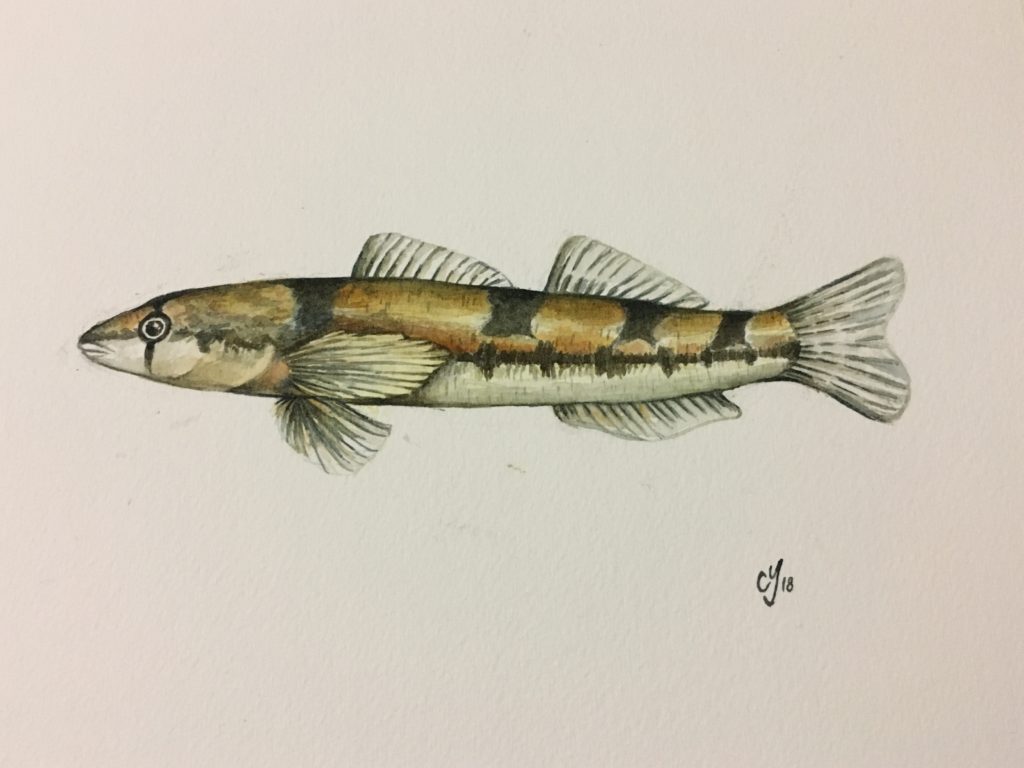
Spatial synchrony—correlated abundance fluctuations among distinct populations—is associated with increased extinction risk but is not a component of widely-used extinction risk assessments (e.g., IUCN Red List, U.S. Fish and Wildlife Service’s Species Status Assessment). Alongside traditional viability metrics (i.e., the number of populations, their spatial extent, the status of each population), consideration of spatial synchrony in these assessments may provide additional insight into extinction risk as well as the relative importance of intrinsic and extrinsic factors on population dynamics. We demonstrate a method for estimating abundance trends in populations of the endangered freshwater fish, the amber darter (Percina antesella), while simultaneously assessing empirical support for existence of spatial synchrony among its two populations in the Conasauga and Etowah rivers in Georgia, U.S.A. Our analysis was performed using multivariate autoregressive state-space (MARSS) models with annual sampling data from 1996 to 2018 at 16 sites distributed between the two rivers. Our results indicate that amber darter populations have declined substantially, with 9% annual losses in both the Conasauga and Etowah rivers, suggesting rangewide imperilment. Furthermore, model selection indicated little support for models with fully independent dynamics between rivers, which may compound overall extinction risk. This analysis demonstrates the utility of tools such as MARSS models for assessing spatial synchrony and long-term population trajectories of imperiled species, resulting in improved vulnerability assessments that do not assume independence among separate populations.
Stowe, E.S., Wenger, S.J., Freeman, M.C. and Freeman, B.J., 2020. Incorporating spatial synchrony in the status assessment of a threatened species with multivariate analysis. Biological Conservation, 248, p.108612. doi: 10.1016/j.biocon.2020.108612